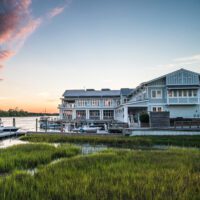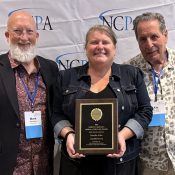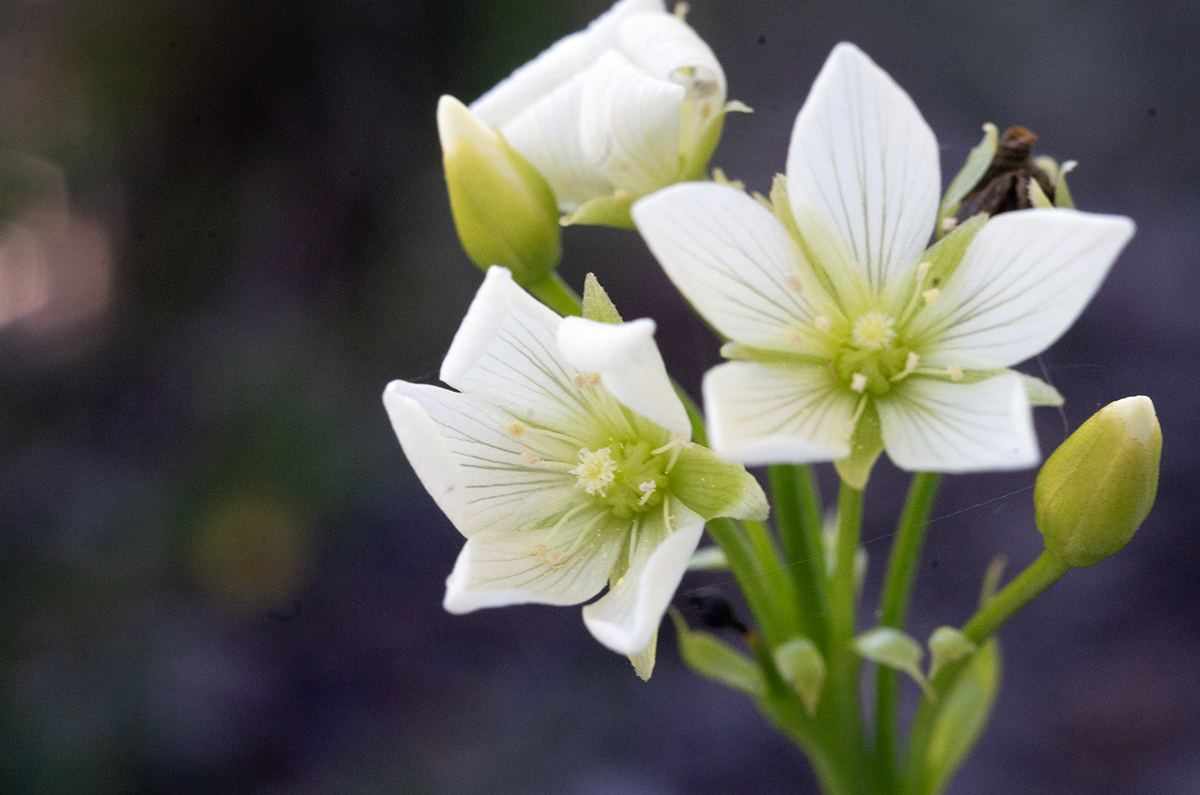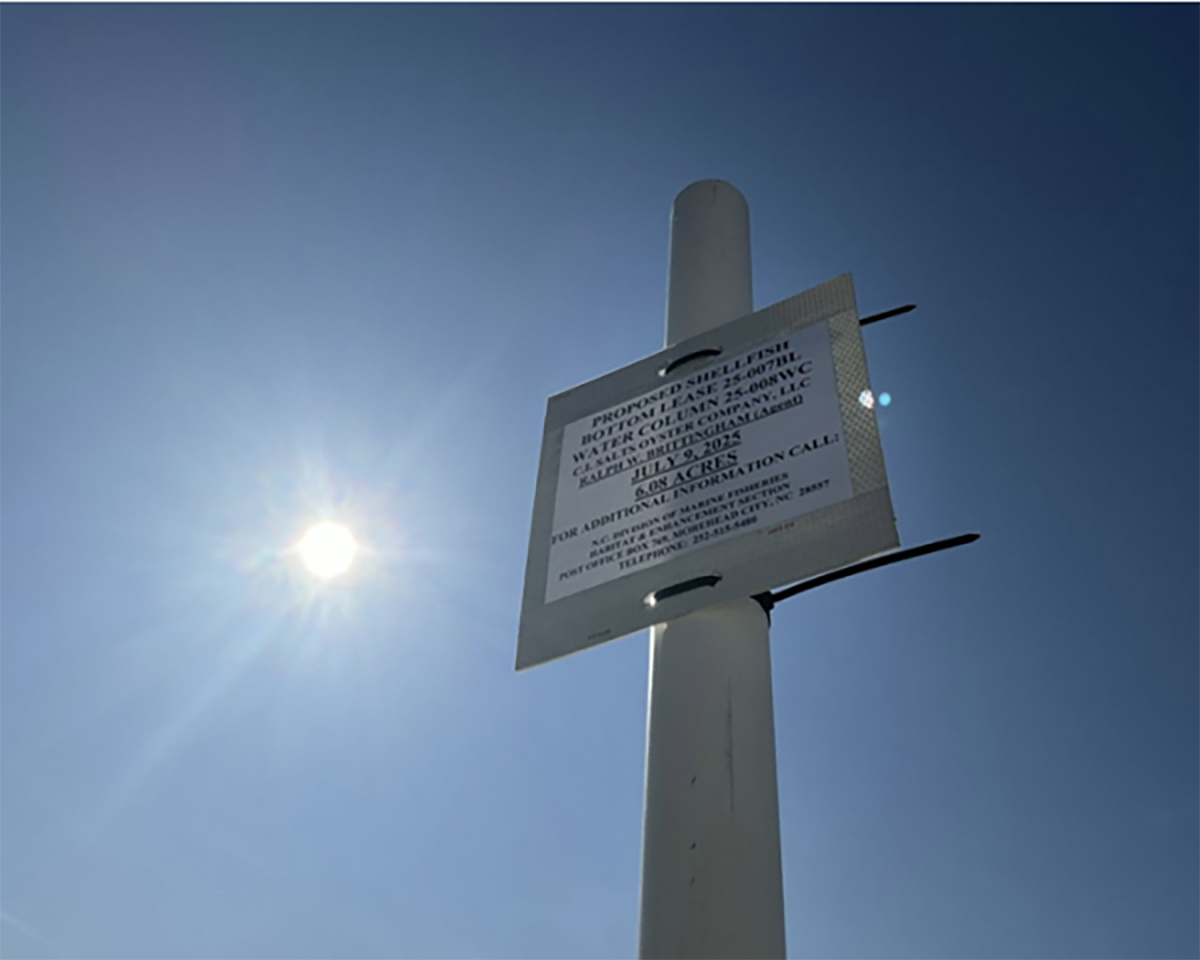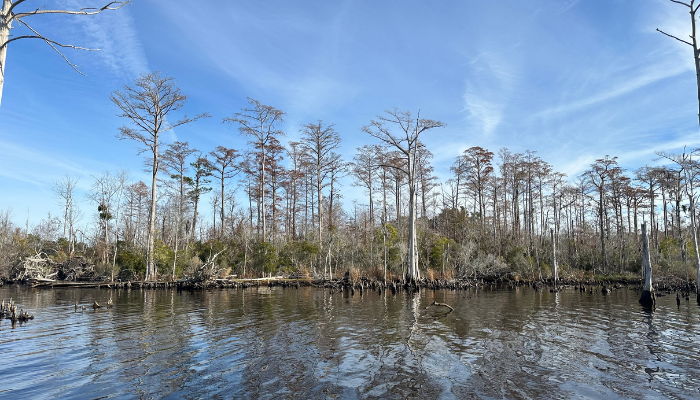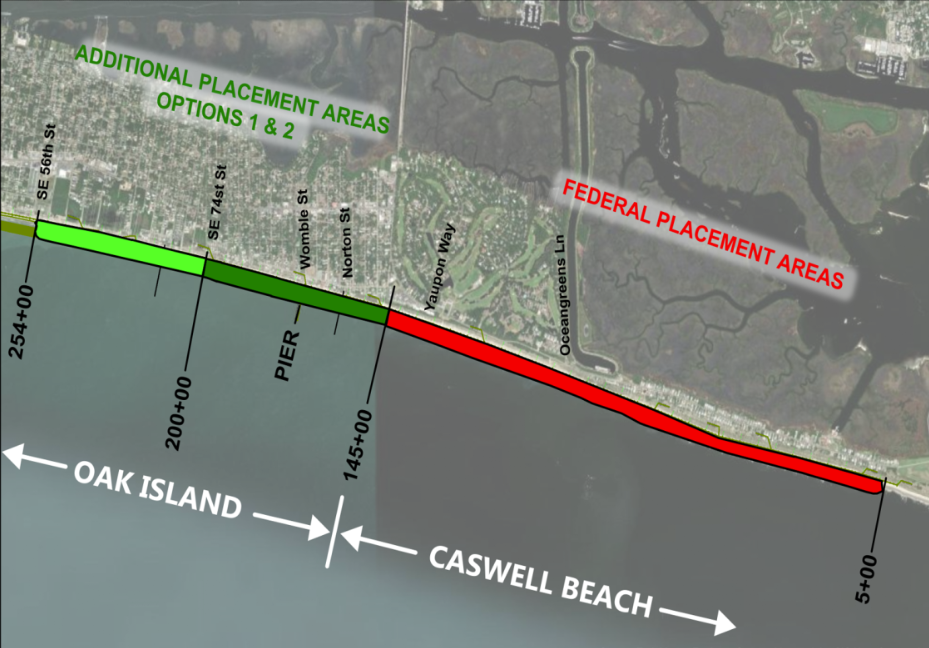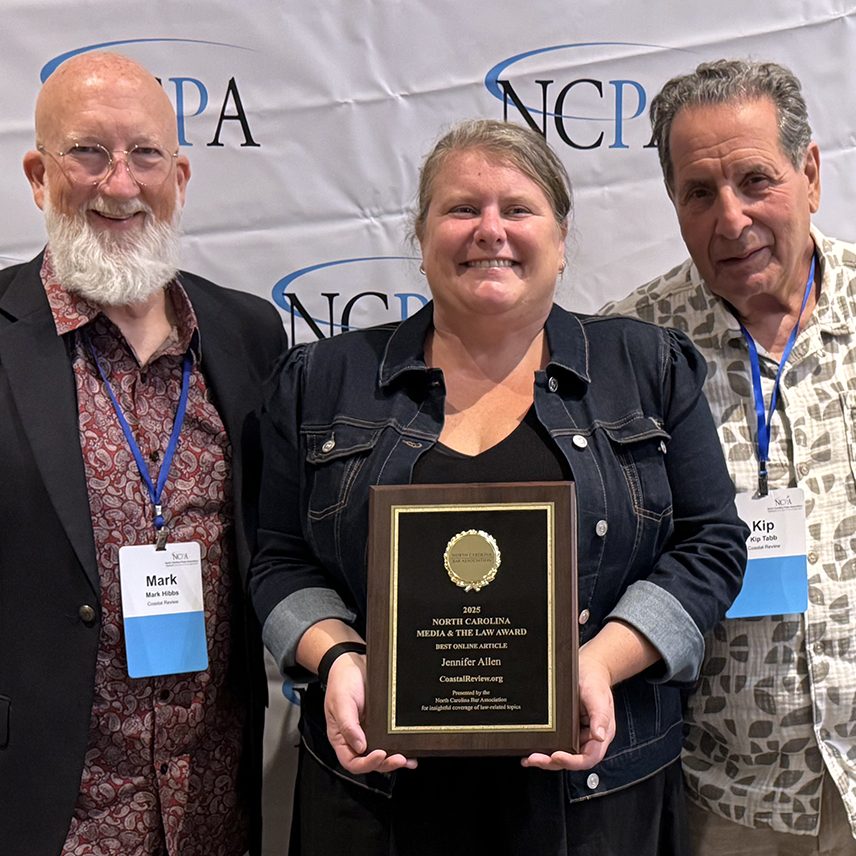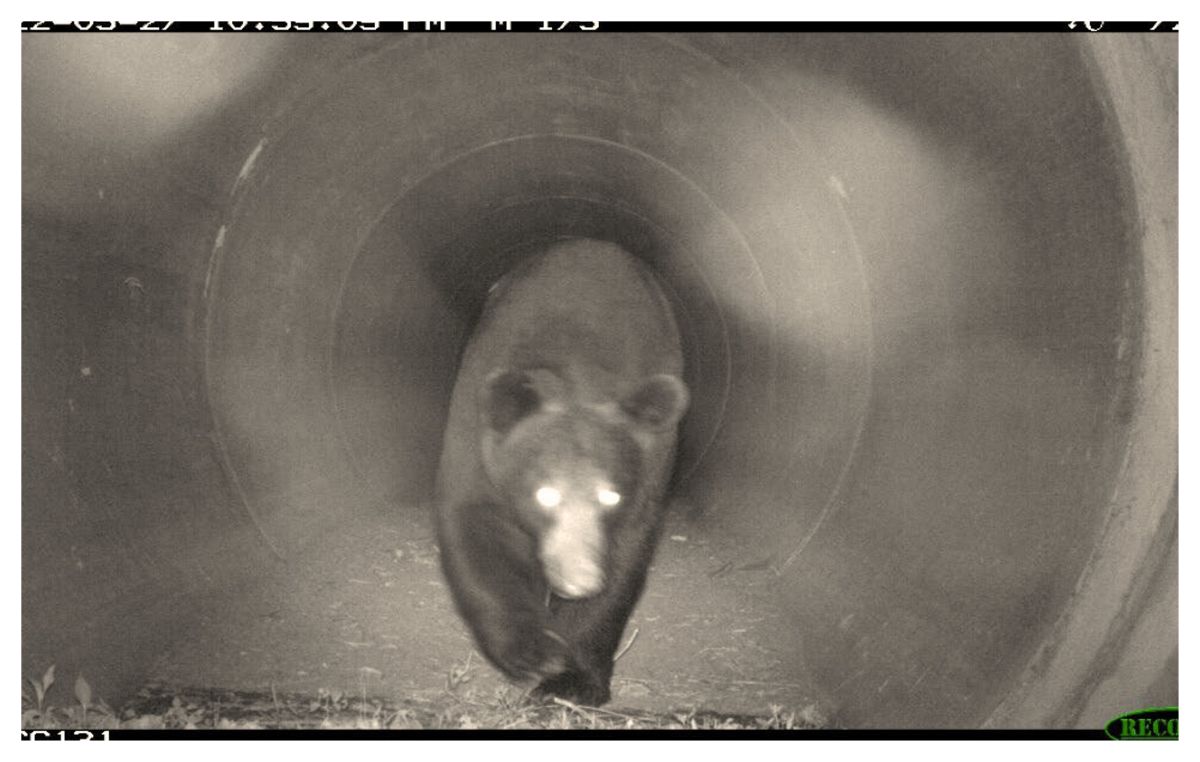
An animal conservation organization has created an online educational package designed to help students better understand how development affects habitat.
The North Carolina Wildlife Corridor released the curriculum packet this week that be downloaded from the website at no charge.
Supporter Spotlight
Curriculum documents include a lesson-planning checklist, PowerPoint presentation, comprehensive teacher’s guide, three separate building projects including step-by-step instructions with photos, and an award certificate for participating students.
Related: Future U.S. 64 wildlife crossings aim to spare red wolves
The curriculum focuses on habitat fragmentation and the species it affects, wildlife crossings and habitat connectivity, existing crossing structures and more.
Habitat fragmentation happens when an animal’s natural environment is broken up into isolated pieces by human activity, while habitat connectivity is the opposite, or when an animal can freely move between habitats.
“Last year, we had the opportunity to be in the classroom and in our communities teaching students, educators, families, conservationists and the general public about the plight of red wolves specific to habitat fragmentation. What we uncovered was a lack of education available to students and educators surrounding habitat connectivity,” the organization said on social media. “Our hope is that this curriculum will spark the hearts of the next generation to become involved in future habitat connectivity work.”
Supporter Spotlight
Designed for middle school students, the program can be modified to meet any age group’s learning level, organizers said.
The North Carolina Department of Transportation and Wildlife Resources Commission shared photos with the organization of existing wildlife crossing structures, organizers said.

